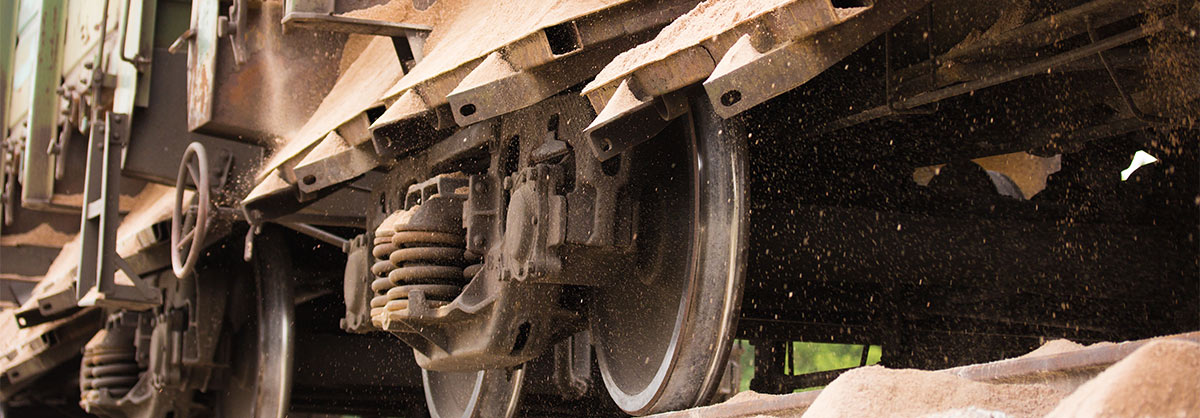September 2018 Issue Index
Efficient train loading and dispatch
An iron ore supplier in South Africa is using MineSuite to maximise the capacity available from their rail transport service provider.
A well-known iron ore supplier in the Northern Cape Region of South Africa is using MineSuite to meet the objectives of both their rail transport service provider and the mining operation.
In order to best utilise the capacity offered by the rail transport service provider it is essential for the mine to release product at the right time. The mine needs to ensure the trains are filled in the shortest possible time to achieve the agreed turnaround time. Numerous variables must be managed to achieve the desired product loading and train turnaround time.
With MineSuite operational in the beneficiation plant, as well as in product stacking and reclaiming, MinLog was the ideal partner to develop a Train Loadout and Dispatch solution (TLD). The goal was to manage the train loadout and dispatch process to minimise financial losses associated with lost dispatching slots.
MinLog workshopped the business requirement and problem statement with key stakeholders prior to the development of a web-based solution, providing for:
- Import of the Next Week’s Business (NWB) schedule
- Capture of timestamps when the pre-configured train activity occurs i.e. at each point of the loading process
- Capture of delays impacting turnaround time
- Management of trains, rakes and consignments independently
- Viewing and validation of wagon weight distribution and wagon management i.e. decoupling and reassignment
- Workflow driven process from commencement to departure
Workflow process
The NWB schedule details the trains expected to arrive in the following week, together with consignments, products, target tonnages, and ETA and ETD attributes, allowing forward planning.
Manual intervention is permitted for the schedule and an audit trail is kept.
With the schedule imported, the system will automatically notify the operator of the next train to arrive. The configuration specific to each site guides operators throughout the entire train loading process and permits them to sequentially capture activity times.
Delays arising from the mine or caused by external influences are accounted for within the system. Custom reports and multi-dimensional cubes are used to analyse and minimise these delays.
The train is split into manageable units called rakes, with a rake containing a predefined number of wagons. The wagons must conform to specifications relating to product, weight distribution tolerances and tonnages (attributes) which need to be fulfilled by the mine. Parameters related to these are imported by direct interface with third party solutions, and are viewed and managed through the TLD.
The system guides the user step-by-step through the process from pre-arrival through arrival, uncoupling, placing, loading, rectification, re-weighing and compiling, right up to departure and handover back to the transporter.
Efficient solution
The TLD system has streamlined processes and minimised financial losses for the mine. Integration with third party systems has improved data accuracy and visibility. This efficient MineSuite solution has enabled optimal management of the loadout station.

